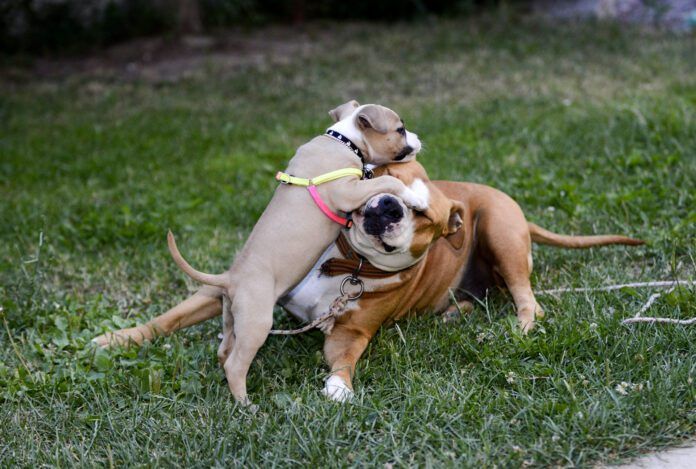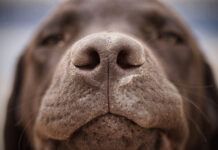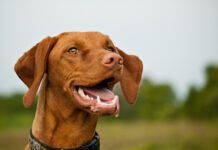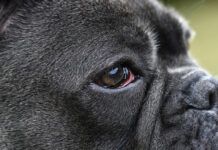Yes, dogs can get lice. While not as common as fleas, lice can find a home on your canine companion. Two distinct types of lice infest dogs, according to the Companion Animal Parasite Council, a nonprofit group focused on bringing awareness of the threat parasites present to pets and family members. Those lice are:
- Mallophaga: Biting, or chewing, lice that often leave cuts on your dog’s skin.
- Anoplura: Sucking lice feed on the dog’s blood. Their narrow heads are designed to pierce a dog’s skin.
According to the Merck Veterinary Manual, signs of a lice infestation in dogs include:
- Excessive scratching and biting
- Hair loss
- Irritated skin
- Visible lice or nits (lice eggs)
Lice on your dog can cause a potentially serious condition known as pediculosis, which involves terrible itching and scratching and potentially anemia, so don’t waste time. If you suspect your dog has lice, talk to your veterinarian for proper diagnosis and treatment.
Can Dogs Get Lice from Humans?
If your first question was, “Can dogs get lice?” your next questions are probably:
Can lice on my dog spread to me? No.
Can my dog get lice from people? No.
Can these pesky parasites make the leap back and forth from dog to human? No.
The good news is that the lice that affect dogs are species-specific. You don’t have to worry about catching lice from your dog, and your dog doesn’t have to worry about catching them from you.
“Parasite lice are highly ‘host-specific,’ which means that they typically live, feed, and reproduce on a single species of animal,” according to a report by Purdue University. “These lice very rarely transfer to a human, and they die within a few hours or so if they happen to get on our bodies. This is why pets and livestock that are infested with lice are not a source of louse infestation to infants, young children, and adults.”
The Stages of Canine Lice
The first stage of canine lice occurs when female lice glue their eggs, or nits, to the hairs of your dog, near the skin, Jennifer E. Thomas, DVM, Oklahoma State University, writes in the Merck Veterinary Manual. Unfortunately, ordinary shampooing and washing will not eliminate nits.
The warning signs of lice infestation are excessive scratching, biting, and rubbing. The dog’s coat may appear rough and dry, and in severe cases, hair can mat. Sucking lice can cause small wounds that may become infected.
The diagnosis of lice is typically made by visually identifying lice or their eggs in the fur, particularly when parting the hair. Chewing lice are more active and visible, while sucking lice move slower and often appear embedded in the skin.
However, it’s important to note that scratching from a severe lice infestation can sometimes lead to secondary skin infections. If your dog has a severe case of lice, it’s best to consult your veterinarian to prevent complications and to be sure it’s lice and not a different parasite.
How Lice Spread?
Lice can be transmitted in several ways: Direct contact, such as playing or grooming, is the most common way lice spread between dogs. Additionally, bedding, grooming tools, collars, or toys can become and transmit lice. Thanks to the use of flea and tick preventives, pediculosis in dogs and cats has become rare in the United States and usually occurs on feral, stray, or animals in shelters that have poor sanitation. Dogs that are already compromised due to illness, malnutrition, or stress are more susceptible to lice infestations.
Preventing Lice Before They Infest Your Dog
Preventing lice infestations in dogs involves a few simple steps. Regular grooming, including brushing and bathing, helps detect infestations early. Maintaining a clean space for your dog is crucial. Avoid sharing grooming tools or bedding among dogs. Lastly, routine veterinary check-ups can help identify potential issues before they become severe.






